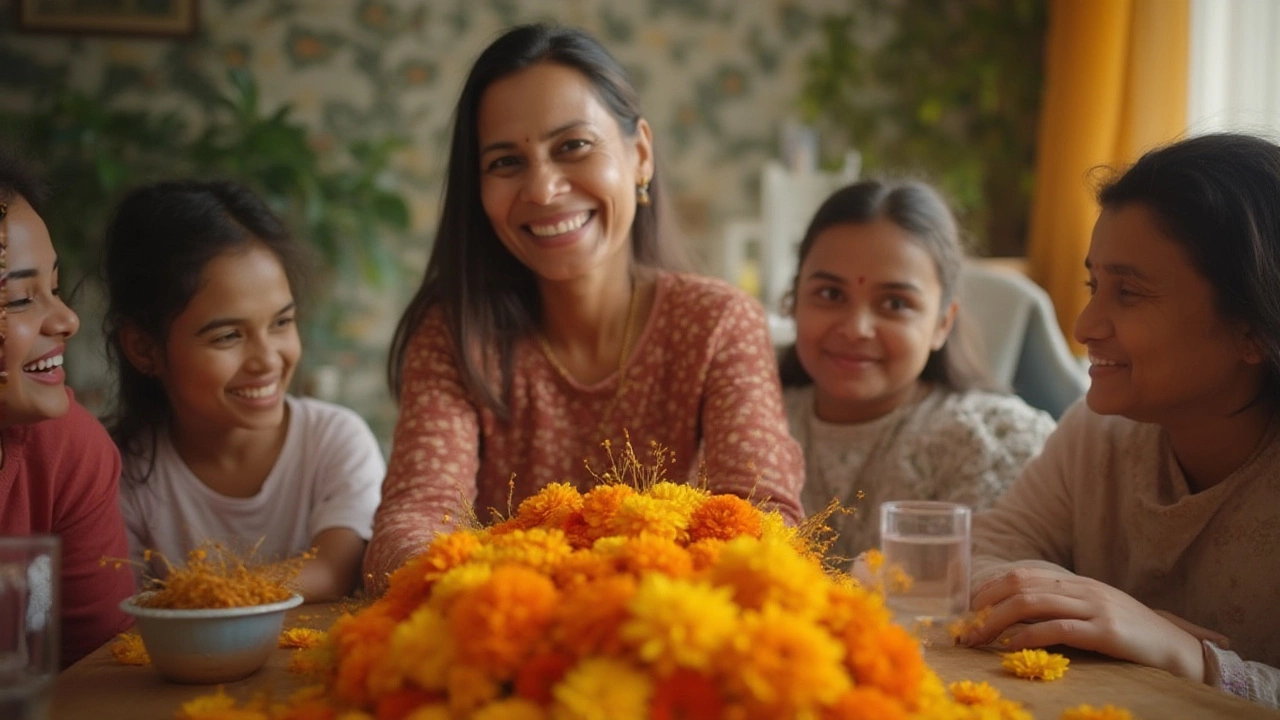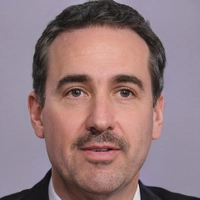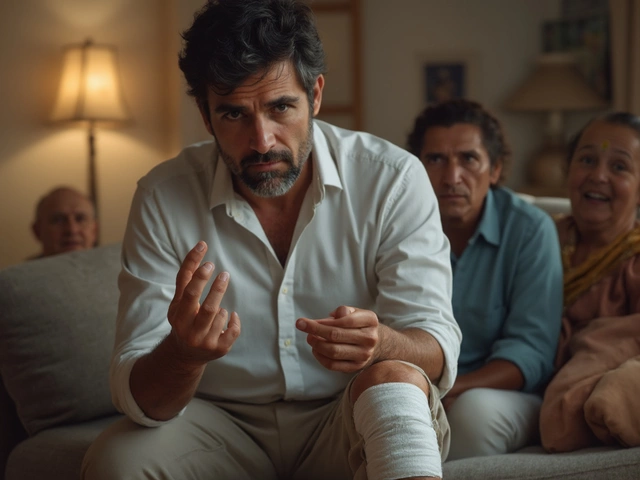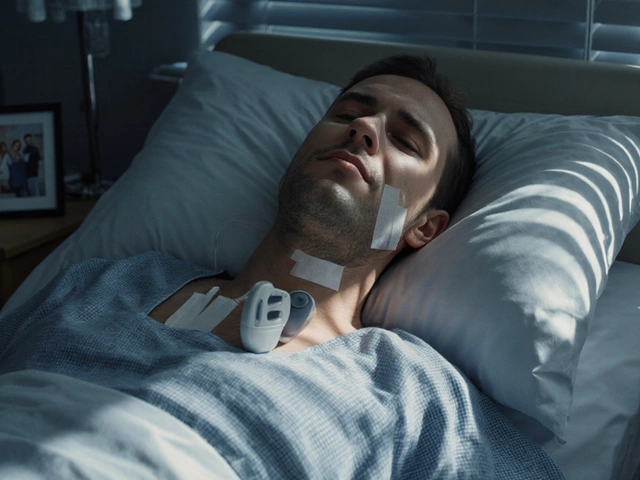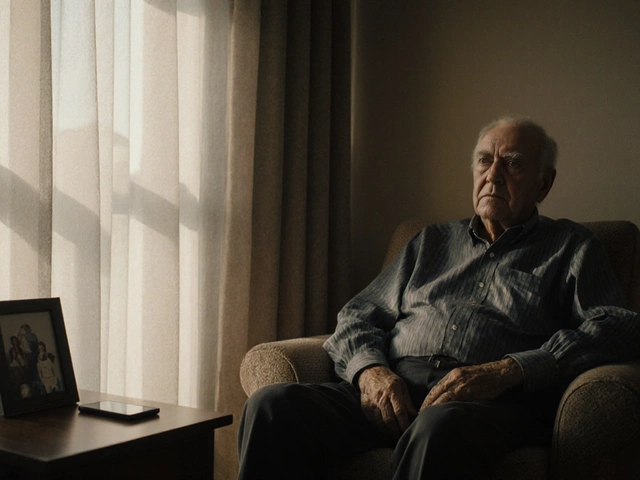Stage 4 cancer. Just saying those words can bring your world to a screeching halt. Most people instantly picture a diagnosis that’s pretty much a point of no return. But that’s not always the case, and this isn’t empty, feel-good talk. There are legit examples of people who have been saved from stage 4 cancer. Even doctors admit that medicine is full of surprises, and once in a while, things take a dramatic, hopeful turn.
What Stage 4 Actually Means and Why It Sounds So Final
First off, let’s cut through the jargon. Stage 4 cancer, sometimes called metastatic cancer, means the cancer has spread far from where it started. This isn’t a tiny spot on a scan—it’s usually made its way to other organs or parts of the body, like the lungs, liver, brain, or bones. That’s why it scares patients and even doctors. The treatments get way more complex, and the odds, statistically speaking, don’t look great. According to recent data from the American Cancer Society, the five-year survival rate for stage 4 cancers can drop to single digits. For example, for lung cancer, this rate is under 10%. For pancreatic stage 4 cancer, it’s even lower—often 1-2%. But here’s the kicker: averages are just that—averages. They don’t predict what happens to every single person.
Let’s clear up a big myth—stage 4 cancer is not an automatic death sentence. Medicine keeps evolving. A study published in the Journal of the National Cancer Institute in late 2023 showed some cancers now have improved outcomes even at stage 4, thanks to targeted treatments (like immunotherapy and newer chemo drugs). Survival rates for stage 4 breast cancer have actually doubled since the late 1990s. There are cancers, like testicular cancer, melanoma, and some types of lymphoma, where even stage 4 isn’t always the end.
Check out the table below for a quick snapshot of survival rates in the U.S. for some common stage 4 cancers, based on data released in January 2025:
| Cancer Type | Stage 4 Five-Year Survival Rate (%) |
|---|---|
| Breast | 31 |
| Lung | 7 |
| Colorectal | 16 |
| Lymphoma (Non-Hodgkin) | 67 |
| Melanoma (Skin) | 32 |
So yes, the odds can be long, but there are clearly people on that better side of the numbers.
Real-Life Stories: The Survivors Who Beat Stage 4
If you dig through survivor forums, support groups, and even news articles, you’ll find stories that seem almost impossible at first glance. There’s Laura, a 36-year-old mom from Texas, who was diagnosed with stage 4 melanoma in 2018. She had tumors in her lungs and brain. Most of us would have expected the worst. But Laura signed up for a new immunotherapy clinical trial at MD Anderson Cancer Center. Two years later, she was declared cancer-free. She’s not a rare unicorn either. There’s Brian, a 50-year-old who walked into his doctor’s office with abdominal pain in 2020 and found out he had stage 4 colon cancer. They gave him about six months, tops. He responded spectacularly to chemotherapy plus a targeted pill, and three years later, he’s still alive, now celebrating his daughter’s engagement.
Stories like these aren’t sold as miracle cures. They often come with tough treatments, side effects, and more than one close call. But the case files are packed with people who “broke the rules.” Cancer doctors sometimes call these patients “exceptional responders.” The National Cancer Institute even funds research just to study why some people’s bodies react so strongly and positively to drugs that don’t usually work. Genetic quirks, immune system differences, and straight-up luck all get factored in.
Even Hollywood has its famous survivors. Sharon Osbourne, the former ‘X Factor’ judge, had stage 3 colon cancer that metastasized and was given poor odds in 2002, but she’s been cancer-free for over two decades. Football fans might remember Jim Valvano, who died eventually but far outlived his stage 4 diagnosis and inspired a movement for aggressive research. These names get all the headlines, but countless regular people make up the silent majority of those beating the long odds.
One thing all survivors mention? The need to keep questioning. People who don’t simply accept a “sorry, there’s nothing more we can do” answer from their first doctor are the ones who find the trial, the weird new treatment, or a second opinion that makes all the difference. Being proactive can literally save lives.

What Makes Survival Possible? Treatments, Trials, and a Bit of Magic
This next part matters most if you or someone you know is facing down a stage 4 cancer diagnosis. Over the last five years, doctors have new weapons in their arsenal. The most jaw-dropping success stories almost always start with stage 4 cancer that responds to something unexpected. So what’s making the difference?
- Immunotherapy: These drugs wake up the patient’s own immune system to hunt down and attack cancer cells. Pembrolizumab and nivolumab are now famous in the field. Patients with advanced melanoma, lung cancer, and bladder cancer get real second chances because of these meds.
- Targeted Therapy: Meds like trastuzumab (for HER2-positive breast cancer) or osimertinib (for some lung cancers) are almost like snipers compared to the old carpet-bomb chemo approaches. If a tumor’s DNA lights up for a specific mutation, doctors can often match it to a precise drug.
- Precision Medicine: Full genetic analysis isn’t just science fiction anymore. Getting your tumor profiled is often covered by insurance now and can connect you with a treatment built for your exact cancer “blueprint.”
- Clinical Trials: If there’s one tip that keeps popping up in survivor stories, it’s this: ask about clinical trials, no matter how grim things sound. Trials are where the newest treatments get their first real tests. Some are open even to those who’ve “failed” every other option.
- Combination Treatments: Sometimes, mixing drugs (chemo plus immunotherapy, say, or adding a targeted therapy into the mix) can create results no one saw coming five years ago.
Let’s be brutally honest. Not every cancer, and not every patient, will respond to these strategies. But the number of “exceptional responders” is going up. For example, in 2024, a paper in the New England Journal of Medicine showed that patients with specific genetic mutations in their tumors were up to four times more likely to be alive five years post-diagnosis compared to those who didn’t get gene-matched drugs.
And it isn’t just the treatment menu that matters—it’s stuff like fitness, mental health, how quick the diagnosis comes, and support systems. In one 2023 study, patients who joined support groups were 15% more likely to have better survival, possibly because they stayed on top of treatments and managed side effects better.
Pushing Back: Tips for Patients and Families Facing Stage 4
If you’ve just heard the words “stage 4,” you’re probably flooded with anxiety, planning, and “what next?” moments. Here’s where the real-world advice kicks in, straight from survivors, doctors, and families. First, get every single detail about the diagnosis. Not every stage 4 is identical. Sometimes cancer spreads just next door, other times it’s everywhere. The strategy can change a lot depending on the “where” and “how much.”
- Get a second (or third) opinion: Different cancer centers might see different treatment paths. Don’t feel locked into your first doctor’s plan.
- Ask for genetic testing: Even if your doctor didn’t bring it up, this could connect you with a targeted drug or trial that’s not mainstream yet.
- Explore clinical trials right away: You can search reputable trial registries online. A trial doesn’t mean you’re a guinea pig. Many offer real hope, and sometimes the very latest treatments.
- Stay connected: Find social support among trusted friends, online groups, clinic counselors, or faith leaders. The emotional part of cancer fights is underrated but crucial. In a 2025 German study, patients with weekly support group visits reported better pain management and treatment side effects.
- Don’t ignore physical basics: Keep moving as much as possible, eat the best diet you can, and tell your team about every side effect, no matter how small.
It’s not about selling “miracle cures.” It’s about being relentless and creative. Some patients have outlived their prognosis for years simply because their care teams kept testing, tweaking, and throwing new ideas at the cancer. Nobody should feel embarrassed calling in doctors across the globe if that’s what it takes. Being pushy, being curious, and refusing to settle can sometimes turn desperation into determination—and, on rare but real occasions, survival.
So, has anyone been saved from stage 4 cancer? Absolutely. Not everyone, but enough to turn what used to be a flat, grim answer into one with hope. If you want a single nugget to remember: the stats may look harsh, but beating the odds isn’t fiction. It happens, and it’s happening more than ever before.
